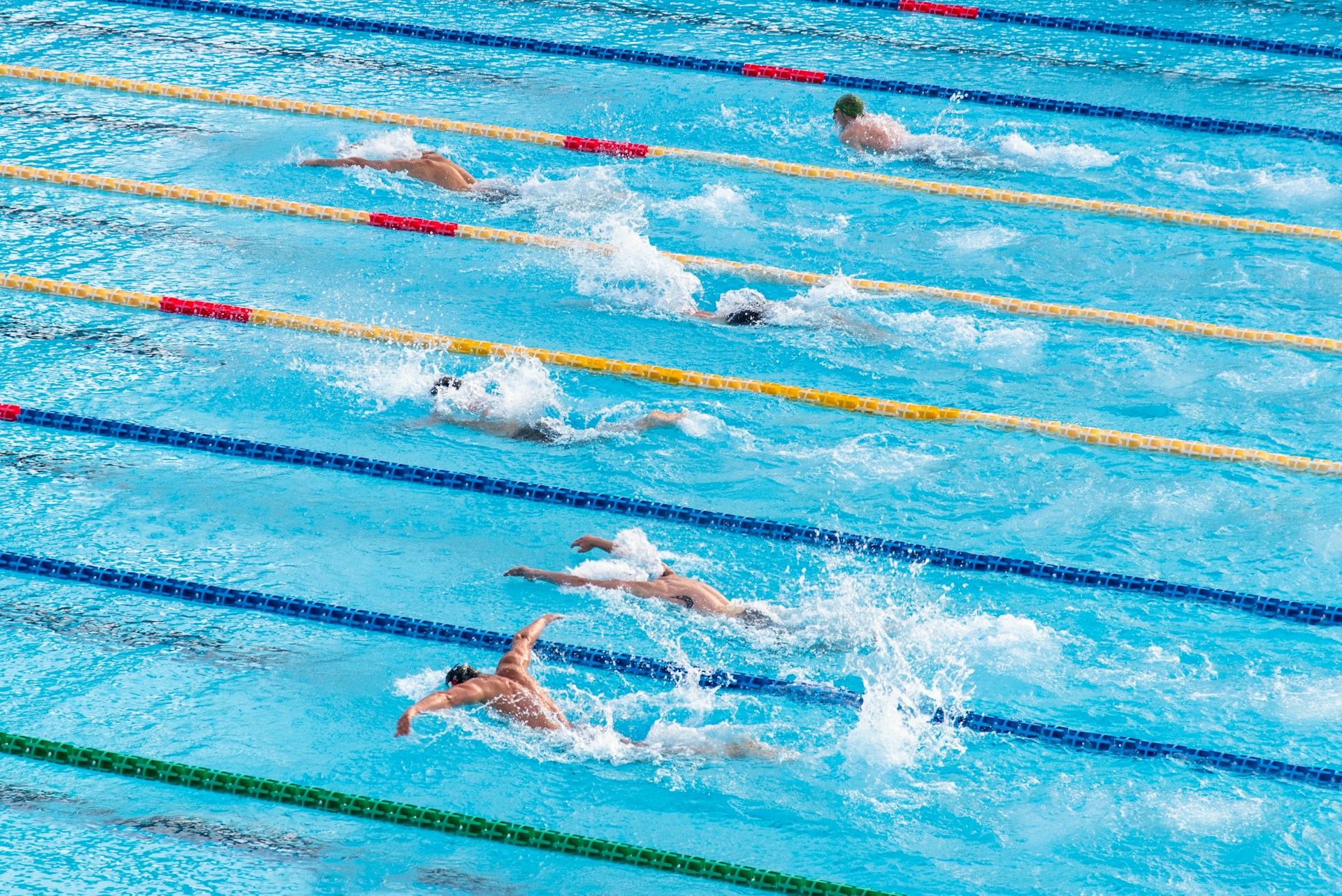How to Develop a Safe and Fun Swimming Program for Puppies?

Swimming can be a fantastic source of exercise and recreation for your pet. However, not all dogs are natural swimmers. As with any new activity, it is essential to introduce your puppy to water gradually and in a controlled environment. This article will guide you in developing a safe and fun swimming program for your furry friend.
Assessing your Puppy’s Ability to Swim
Before you can introduce your dog to swimming, it’s important to assess their potential ability to swim. Different breeds have different levels of affinity for water. Some, like Labradors and Golden Retrievers, are natural swimmers, while others, such as Bulldogs and Pugs, may face challenges due to their physical structure.
Dans le meme genre : What Are the Signs That Your Pet Bird Needs More Social Interaction?
It’s critical to remember that a fear of water is not inherent in dogs; it’s often the result of a traumatic experience earlier in life. By gradually introducing your pup to the water in a calm and controlled environment, you can help alleviate any fears. Start the process with a small, shallow wading pool. This will give your puppy a chance to experience water and become comfortable with it.
Training Your Dog to Swim
Once your dog is comfortable in the wading pool, it’s time to move to a more substantial body of water. A swimming pool or a calm lake would be ideal for this. Before introducing your pet to a larger pool, make sure to put a life vest on them. This will provide additional support and ensure their safety.
A lire également : Can You Train Your Cat to Perform Agility Tasks, and What Are the Benefits?
When you first bring your dog into the pool, carry them in your arms and slowly lower them into the water. Allow them to paddle with their front legs while you support their weight. Over time, you can gradually reduce your support until they’re swimming independently.
It’s important to note that dog swimming is different from human swimming. Dogs paddle with their front legs and use their back legs for steering. So, don’t be alarmed if your pet’s swimming technique doesn’t look like yours.
Incorporating Swimming into Routine
Incorporating swimming into your dog’s routine helps them become more comfortable with the water over time. Regular swimming sessions also offer a host of health benefits, including improved cardiovascular fitness, muscle strength, and joint health.
Don’t force your dog to swim if they don’t want to. Make swimming a fun experience by incorporating toys and treats. You can throw a floating toy into the pool and encourage your pet to fetch it. This game not only makes swimming fun but also helps in improving your dog’s swimming skills.
Always remember to keep an eye on your dog while they’re swimming. Never leave them unattended in the water.
Maintaining Safety While Swimming
Safety is paramount when it comes to swimming with your dog. Never force your dog into the water if they’re uncomfortable or scared. Always be prepared for emergencies. Keep a first-aid kit and your vet’s contact details handy.
Make sure your dog has a way to get out of the water easily. If you’re training them in a pool, make sure there’s a ramp or steps they can use to get out.
Ensure they have a well-fitted life vest. This can greatly enhance their safety, especially in deeper water or if they’re just learning to swim.
Don’t allow your dog to drink pool water as it may contain harmful chemicals. Keep a bowl of fresh water nearby for them to drink from.
Keeping the Fun in Swimming
Making swimming a fun experience for your dog is crucial to their enjoyment and continuation of the activity. Use positive reinforcement to encourage your dog. This can be in the form of treats, toys, or praise.
Consider introducing a variety of toys and games to keep swimming interesting for your pup. This could include fetch games, swimming races, or even doggy paddle sessions with other canine friends.
Remember, the ultimate goal is not just to teach your dog to swim, but for them to enjoy the activity. So, take your time, be patient, and most importantly, have fun. If you can make swimming a positive, enjoyable experience for your dog, they’ll be more likely to embrace it as part of their regular routine. Remember, a swimming dog is a happy dog!
Monitoring Your Dog’s Health and Fitness Through Swimming
Just as with humans, it’s crucial to monitor your dog’s health and fitness while they are engaged in regular swimming activities. Swimming is an excellent form of low-impact exercise that can significantly benefit your dog’s overall health. It can improve their cardiovascular fitness, strengthen their muscles, and enhance their joint health. This is especially beneficial for breeds prone to hip dysplasia and arthritis.
Start slow and gradually increase the duration and intensity of their swim sessions as their stamina and strength improve. Be aware of signs of fatigue such as excessive panting, slowing down, or attempting to exit the pool. Remember that like any other form of exercise, it’s important to properly warm up your dog before a swim and allow them to cool down afterwards.
If your dog has any existing health conditions, it would be wise to consult with your vet before introducing them to a swimming routine. In some cases, wearing a life vest might be necessary to ensure their safety, even if they are proficient swimmers.
Lastly, ensure your dog is clean after each swim. Rinse them off thoroughly to remove any chlorine or salts that could potentially irritate their skin or eyes. Always dry your dog thoroughly after each swim to prevent any fungal infections, and pay extra attention to their ears as excess water can lead to ear infections.
Conclusion – Creating a Lifelong Swimmer
In conclusion, teaching your dog to swim can be a rewarding experience for both of you. Not only are you providing your furry friend with a fun and exciting form of exercise, but you are also ensuring they are safe and confident around bodies of water. This can be particularly beneficial if you live near a body of water, have a swimming pool, or if you take your dog on boating trips.
The key elements to remember are gradual introduction to water, assessing your puppy’s ability to swim, keeping safety in mind at all times, and making the entire experience a pleasurable one. Remember to incorporate swim sessions into their routine, using toys and games to keep the activity enjoyable.
Swimming offers a host of health benefits to your dog, but it’s essential to monitor their health and fitness during swim sessions. Always consult with a vet if your dog has any health conditions that could potentially be worsened by swimming.
With patience, consistency, and a positive attitude, your water-loving companion will soon be diving into the water with enthusiasm. Whether it’s a dip in a kiddie pool, a swim in a lake, or a plunge in the ocean, swimming can become a favorite activity that you and your pet can enjoy together. Just remember – safety first, fun always!
